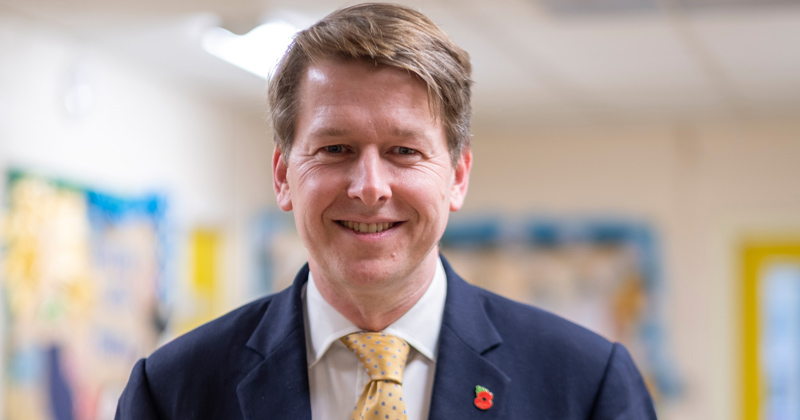The government’s flagship catch-up scheme had reached just 15 per cent of its ramped-up target by the end of the first term this year – with schools seemingly turning away from the national tutor programme in favour of organising their own provision.
In new data published today, the Department for Education reported 302,000 tutoring courses began between September and December in year two of the National Tutoring Programme, run by HR firm Randstad.
This means the government is 85 per cent off meeting its “ambitious” target of two million courses of 15 hours tutoring this academic year.
However, as of December 1, 230,000 of these started courses are estimated to be through the new £579 million schools-led tutoring pillar, where schools are given the money directly for a proportion of disadvantaged children. This is about 20 per cent of its one million courses target.
As of December 12, just 52,000 courses had started by pupils through the tuition partners pillar, where tuition companies provide catch-up coordinated by Randstad. This is just 10 per cent of the firm’s 524,000 target for this year.
It also appears to be slower than the take up this time last year, the programme’s first year, when 95,000 children were enrolled by early January.
Meanwhile, only 20,000 courses were started by pupils through the academic mentors route – the third pillar of the NTP. This equates to just 8 per cent of the 252,000 target this year.
It means the two pillars that Randstad is more directly involved in are just 9 per cent towards their target of 776,000 pupils impacted, which is more than double last year’s reach.
Tutoring stats are ‘scandalously poor’
One provider, who wished to remain anonymous, said today’s tuition partners statistics were “scandalously poor”.
The findings will also add to concerns by some providers that this year’s sluggish roll-out is endangering the future of the tuition scheme, and will result in all the money instead just being handed straight to schools.
Tuition partners must demonstrate they can deliver high-quality provision to win approval. Allowing schools to bring in their own tutoring was only introduced this year.

The DfE said it is working “closely” with Randstad and the sector “to make sure these numbers continue to rise and tutoring continues to reach students who need it”.
A comment for Randstad was not provided in the DfE press release. When approached by Schools Week, the firm said it was “really pleased” to see how many pupils “have already benefited” from tutoring.
The spokesperson added they were working with stakeholders to deliver the programme at pace.
Schools minister Robin Walker, pictured, said while “there is still work to do”, the figures are “hugely encouraging”.
“We are now seeing the real reach and impact of the unprecedented investment this Government is making in supporting children’s education recovery.
“Every pupil – wherever they live – should be supported to get back on track and reach their potential, and that’s what this tutoring programme is doing.”
Randstad also has to ensure 65 per cent of pupils it reaches are pupil premium eligible – but DfE has not published anything on this today.
Last year, as Schools Week revealed, almost one in five pupils enrolled in the NTP – run by five charities – did not start tuition.
Schools favoured own catch-up over ‘less popular’ NTP
It comes as a research report into schools’ recovery strategies in the 2020-21 academic year found the NTP was “less popular” when it first launched than interventions developed by schools themselves.
Asked what approaches they used for education recovery in the autumn term of 2020, just 19 per cent of primary leaders and 33 per cent of secondary leaders said they used the NTP, which launched in November of that year.
However, 89 per cent of primary leaders and 80 per cent of secondary leaders said they used another form of small group or one-to-one tutoring or support to help pupils catch up.
The research found that “more schools were planning to use the NTP in March 2021 than in autumn 2020”.
A survey of schools in July found that 4 in 10 schools didn’t expect to use the programme this academic year.
















Your thoughts